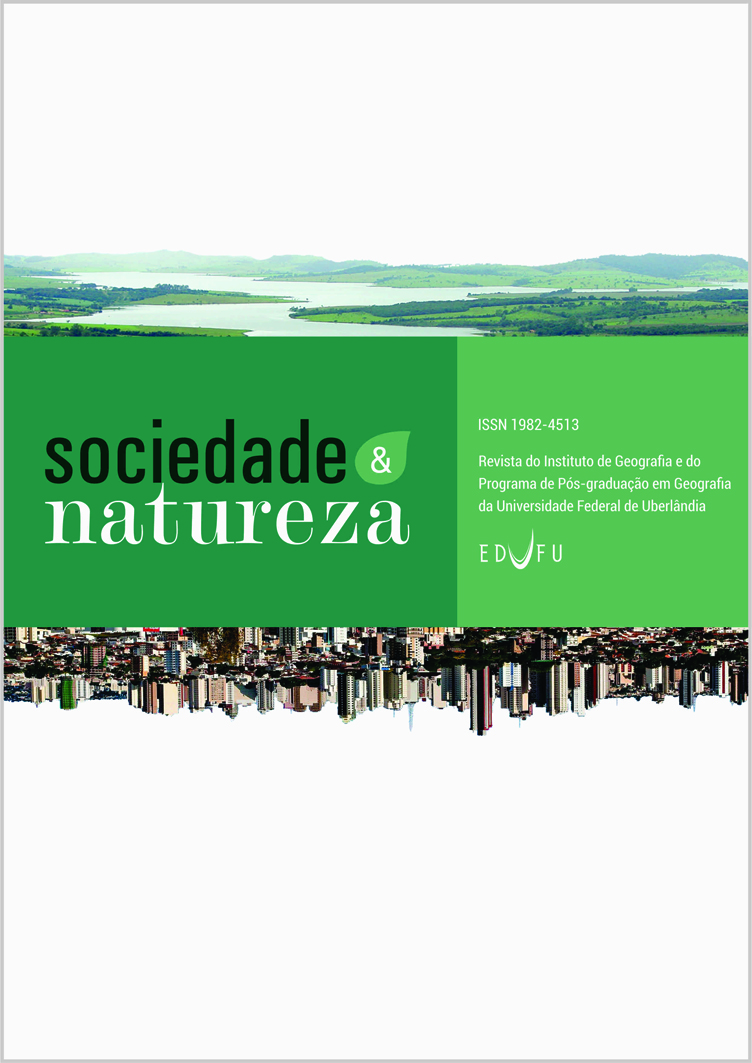Abstract
Although the creation of stingless bees in the brazilianSemiarid has presented like a sustainable activity for development this region, its evaluation of sustainability in this geographical area still needs of best contributions to make it a practice more and more attractive and promising. Based on above writing, the objective of this article is to identify critical points of meliponas agroecosystems in the Semiarid of Rio Grande do Norte state of Brazil. To achieve this goal, was applied the first two steps of tool Marco for the Evaluation of Natural Resource Management Systems Incorporating Sustainability Indicators (MESMIS) in 15 analysis units. The data were collected between June and September of 2014 and systematized from literature sources, application of semi-structured interviews with beekeepers, measurement of land use and occupation of each agroecosystem and direct observation of the researchers. The results show seven critical points (vegetation, water, climate, diversity, management, organization and training). With this support, this study reveals positive and negative aspects of the creation of stingless bees, being one of the portraits pioneers in the quest for sustainability assessment of beekeeping in brazilian Semiarid.
Authors hold the Copyright for articles published in this journal, and the journal holds the right for first publication. Because they appear in a public access journal, articles are licensed under Creative Commons Attribution (BY), which permits unrestricted use, distribution, and reproduction in any medium, provided the original work is properly cited.

